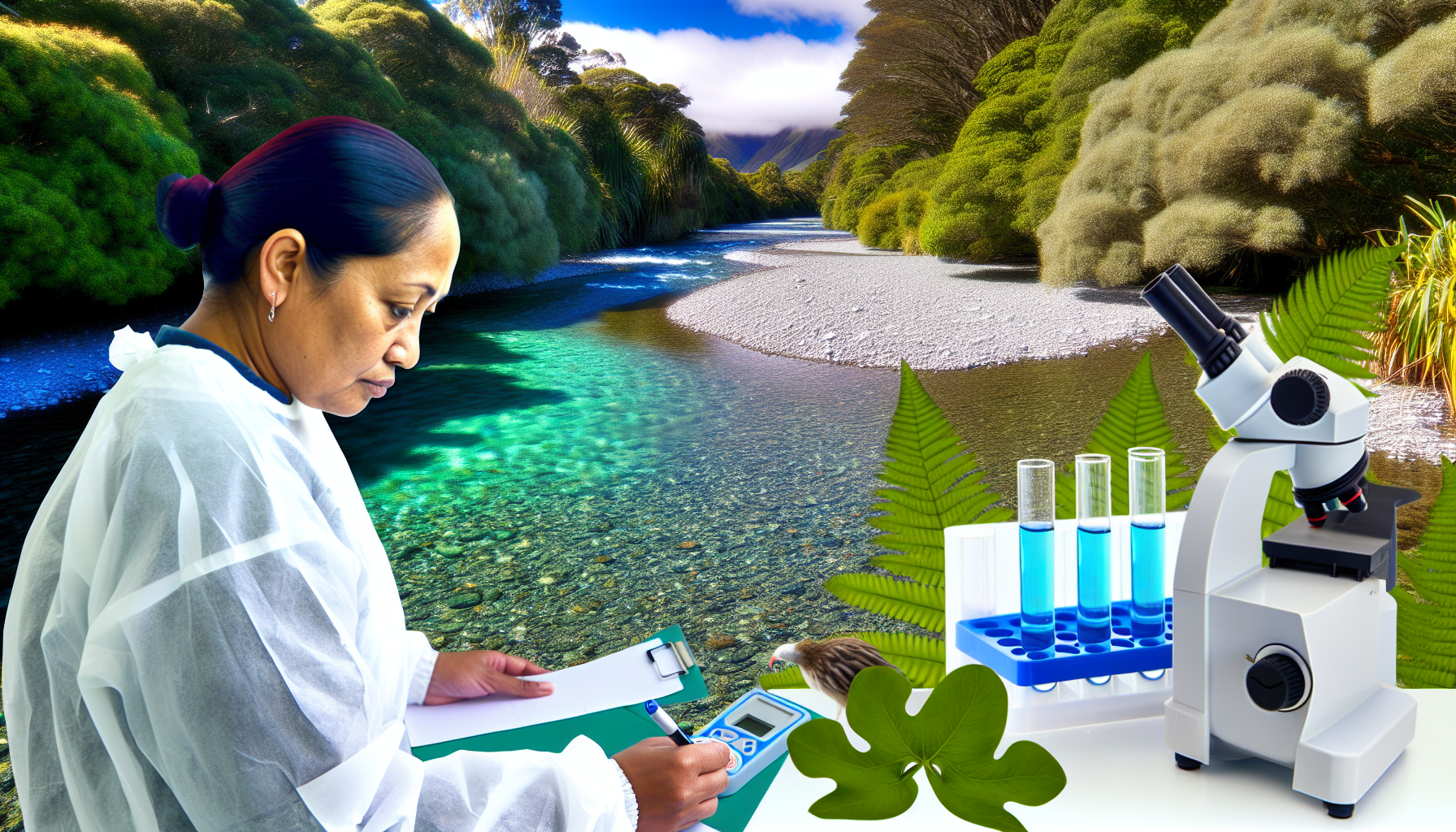If you’re living on a lifestyle block, using tank water, or pulling from a bore, creek or stream, keeping an eye on your water quality isn’t just a nice-to-have—it’s a must. Whether you’re drinking it, showering in it or giving it to your pets, you want to be sure it’s clean and safe. Here’s what matters—and how to actually stay on top of it, without overcomplicating the whole thing.
Why bother checking your water?
Let’s cut to the chase—unmonitored water can carry all sorts of nasties. We’re talking bacteria like E. coli, heavy metals like lead, and general gunk like sediment or algae spores. Just because the water “looks clear” doesn’t mean it’s safe. It’s kind of like when you open the fridge and sniff the milk—it might look fine, but one gulp and you know it’s off.
So, if you’re not on a public supply and you rely on rainwater, a spring, or a private bore, this is on you. Councils won’t be testing it for you.
What are you even checking for?
Right, let’s break it down. When people say “water quality,” they’re usually referring to a few things:
- Bacteria – stuff like E. coli and giardia that can mess with your gut.
- pH – how acidic or alkaline the water is; important for plumbing and taste.
- Turbidity – basically, how clear or murky it is.
- Chemical content – nitrates, chlorine (if added), heavy metals.
- Hardness – minerals like calcium and magnesium. This affects water taste and appliance life.
Think of it like checking your car before a road trip. You’re not just looking at the fuel gauge. You want to know if the brakes are good, tyres are inflated, and there’s water in the radiator. Same with water—you want the whole picture.
How to test your water
Here’s what you should do—get it tested once a year, at the very least. More often if you’ve noticed a change in taste, smell, colour, or after a big storm.
You’ve got a few options:
-
DIY water test kits – Super handy if you’re the “have-a-go” type. You can get basic ones from places like Water Test NZ (watertestnz.co.nz) or from bigger retailers like Mitre 10 or Bunnings. Some kits test pH, hardness, chlorine, and bacteria.
-
Lab testing – More accurate but costs a bit more. Labtests or Hills Laboratories in Hamilton offer full water testing services. You collect the sample, send it in, and they’ll send back a breakdown of everything in it. Not cheap, but way more detailed.
-
Pro water technicians – Some local plumbers or rural water specialists like WaterGuard (waterguard.co.nz) or ThinkWater New Zealand can come out, test your water and even recommend treatment systems on the spot.
By the way, if your water comes from a bore, it’s worth checking it for heavy metals and nitrates every couple of years—especially if you’re near farmland. Fertiliser runoff is a real thing here.
How to keep your water clean after testing
Testing’s just the first step. If your water’s a bit dodgy, you’ve got a few simple fixes depending on where the problem is:
- Sediment filters – These are like tea strainers for your pipes. They catch big particles and rust that can clog things up.
- UV systems – Kill off bacteria. A good UV filter is what most Kiwis on tank water install first. Think of it like sunblock, but for your stomach.
- Carbon filters – Great for improving taste and removing chlorine or odours.
- Water softeners – Help if you’ve got hard water. It’s like using conditioner after shampoo—your tapware thanks you later.
Oh, and don’t forget your tank hygiene. Tanks need cleaning too—at least every couple of years. Leaf litter, bird droppings on your roof, and dead bugs can build up over time. Check out TankVac (tankvac.co.nz) for systems that help keep sludge from building up at the bottom of your tank.
Quick signs your water might need checking
- It smells funny (eggs, chlorine, swampy).
- Tastes weird or metallic.
- Leaves scum or stains in your sink or shower.
- Your filters get gunky real fast.
- You or your kids keep getting gastro or bugs.
If any of that sounds familiar, don’t wait for it to fix itself. Water doesn’t just “get better” on its own.
Anyway, the golden rule? Make testing and maintenance part of your yearly routine—like cleaning gutters or checking smoke alarms. Your water should be safe, clean, and not something you have to second-guess.
So, next time you grab a glass from the kitchen tap, at least you’ll know what’s in it—and what’s not.


Leave a Reply